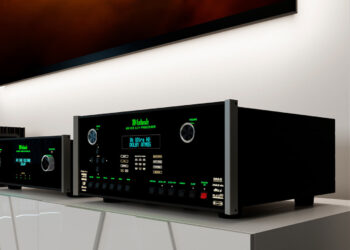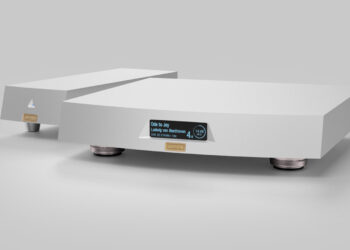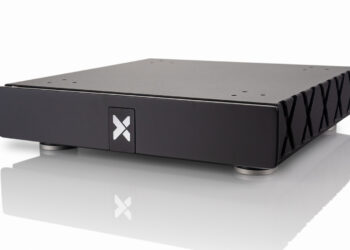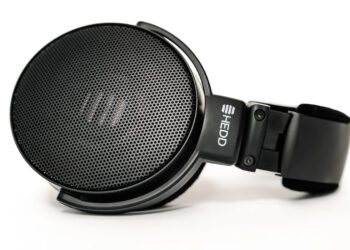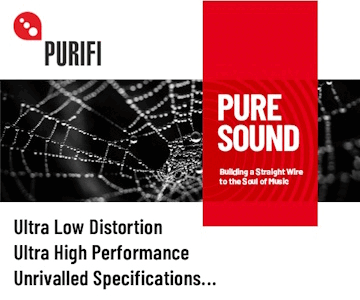When the French streaming service Qobuz was formed in 2008, their goal was to offer the digital world the aspects of music fandom that audiophiles, those who love music best, have always cherished. Meaning quality sound, quality editorial, and a freedom of choice that wholly excludes bias. Since february this year the service is also available in the USA.
As close to the original as possible

Their goal is to offer music in the best condition possible. Their music collection consists of recordings as close to the original studio recording as you can get. At Qobuz, they have tried to convince suppliers and labels to provide them with files of a superior quality to mere MP3s! Qobuz was the first music service in the world to retail CD-Quality, 16-bit/44.1kHz files, which are available to download throughout their entire catalogue. They were also the first music service to offer CD-Quality, 16 bit/44kHz files for streaming, and another world-first in liaising with both major and independent labels to ensure the provision of 24-Bit Hi-Res files, which make up the bulk of their catalogue today.

Many people still ignore how much compression robs music of the emotion and depth it should bring. Respecting sound means understanding the words that describe it.

Sound is the vibration of a fluid in the shape of waves, a vibration felt by the human ear. That is sound as heard in its natural, analog state. Reproducing this sound implies capture and then restitution. Computers and digital technology have completely transformed our approach to sound capture and restitution: we now speak of digital audio.
Sound explained
Named for its format, the MP3 is a compressed lossy audio file: it contains less data than the original files. The compression process entails the loss of many aural details, especially the harmonics of higher-pitched sounds. This results in pronounced quality loss, but also in small storage space. With improved internet connections, part of it’s interest has been lost.
CD Quality comprises a number of formats (FLAC, ALAC, WMA Lossless…) offering lossless compression at a certain resolution and a certain sampling rate (16-Bit / 44.1 kHz -) which are identical to those used by the CD, defined according to the Nyquist-Shannon theorem.
This nondestructive compression method reduces the file size without changing the original quality. Its bitrate is over 4 times higher than MP3’s.
Hi-Res (as in High-Resolution) represents the apex of digital audio. These files – obtained through lossless compression or uncompressed – deliver better sound quality than a CD. They are encoded in 24-Bit, at frequencies that can go up to 192 kHz – these are actually the same files that are used in recording studios.
They therefore offer a much more accurate, faithful and respectful reproduction of the work of artists and sound engineers than any other audio file format. Moreover,the listening intensity and richness has no comparison with MP3 files or even with CDquality!






